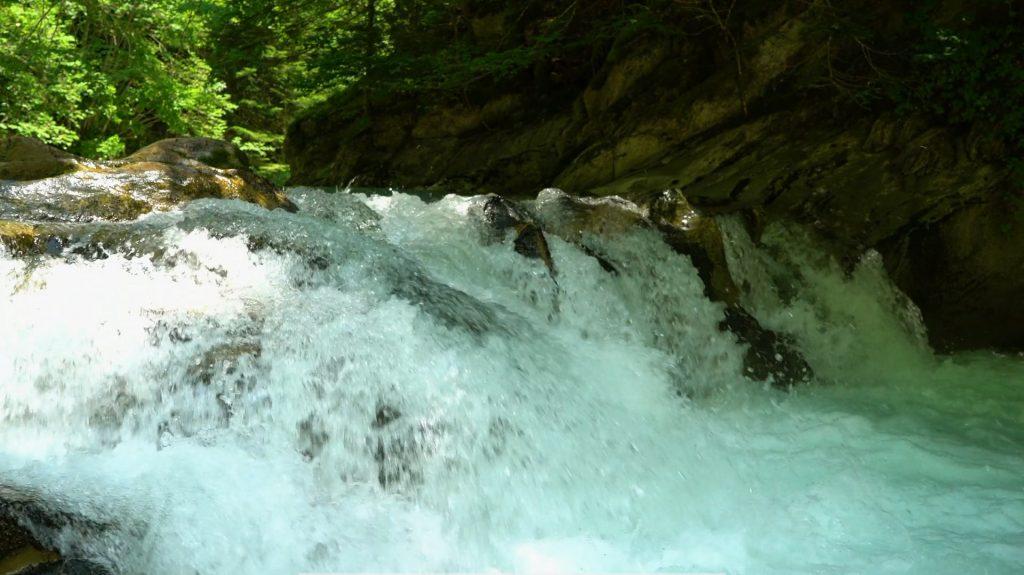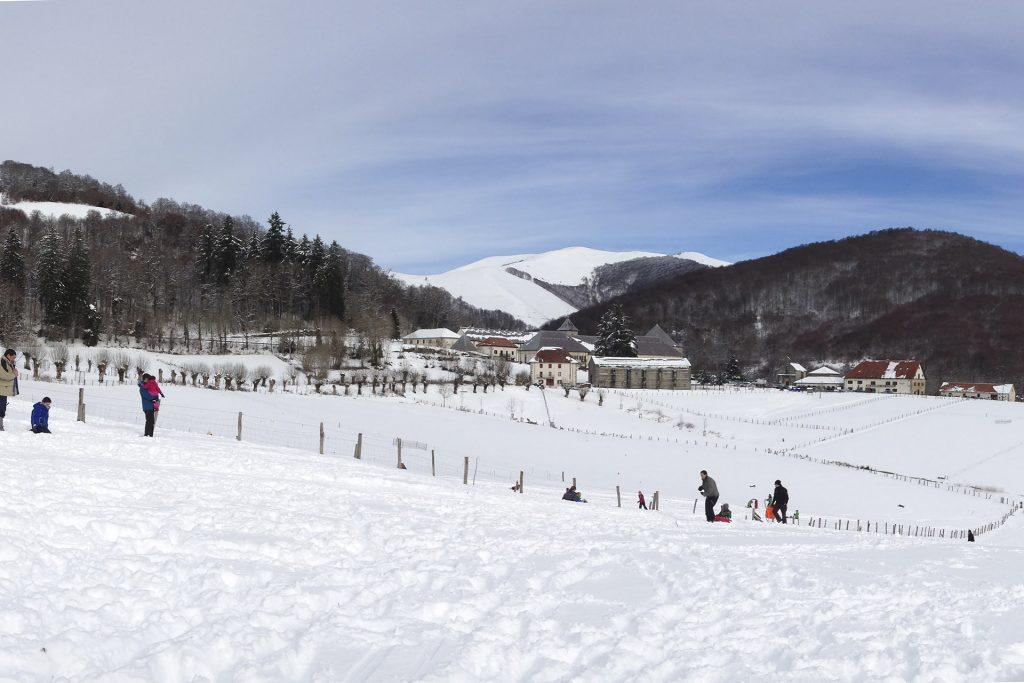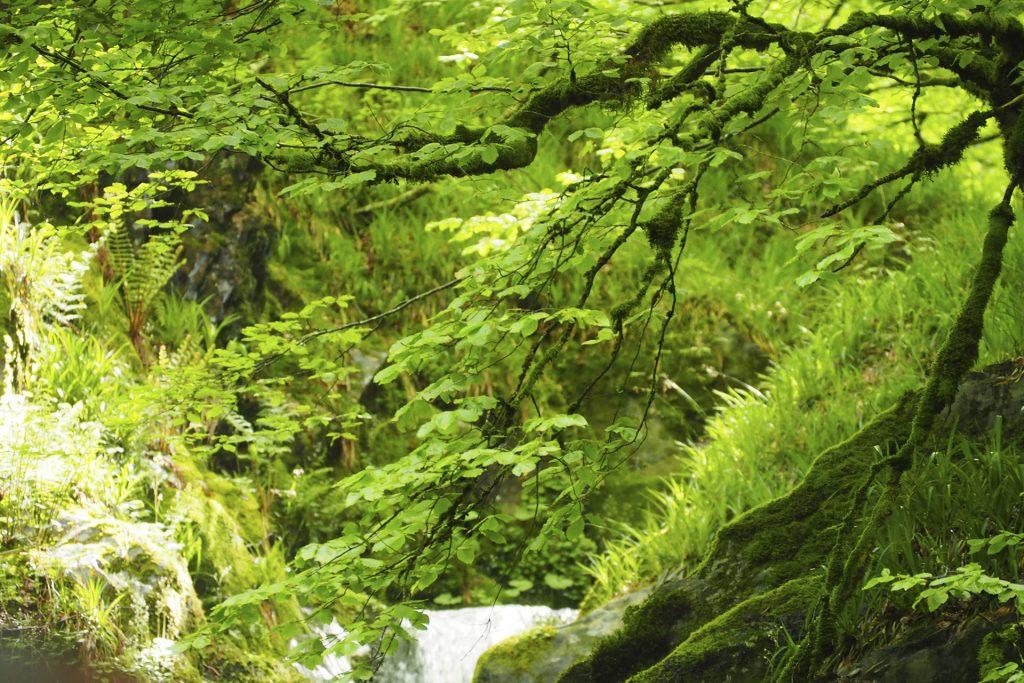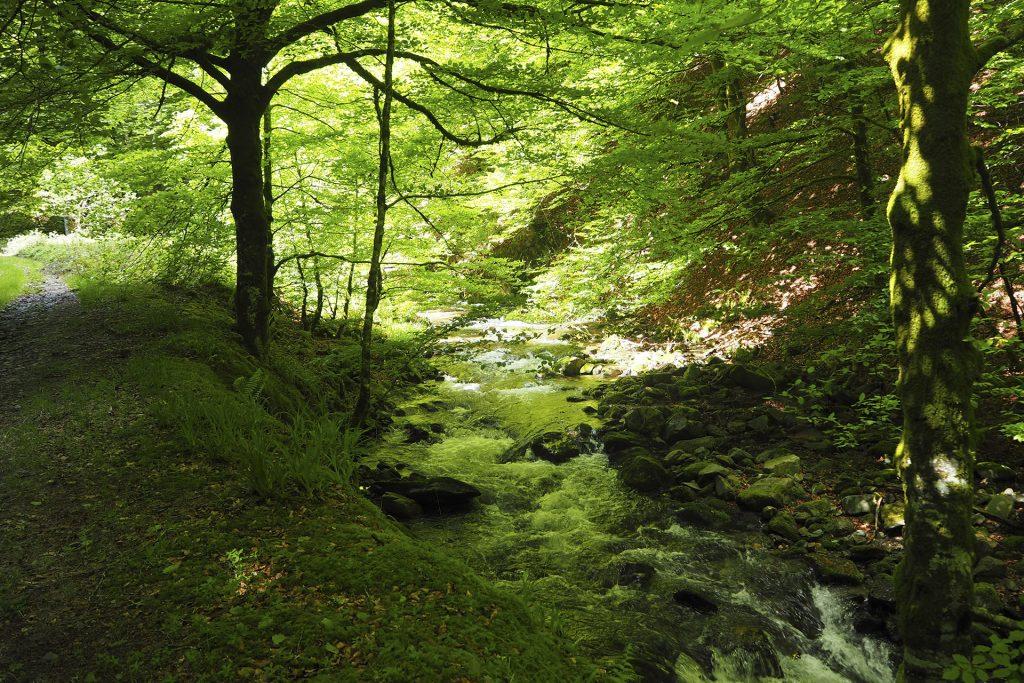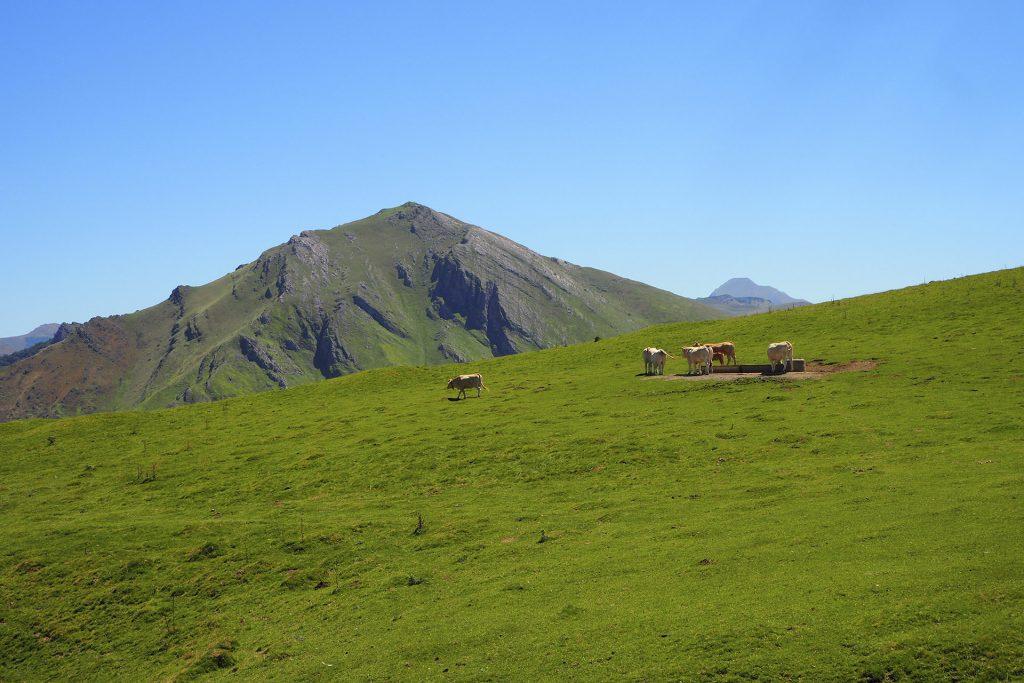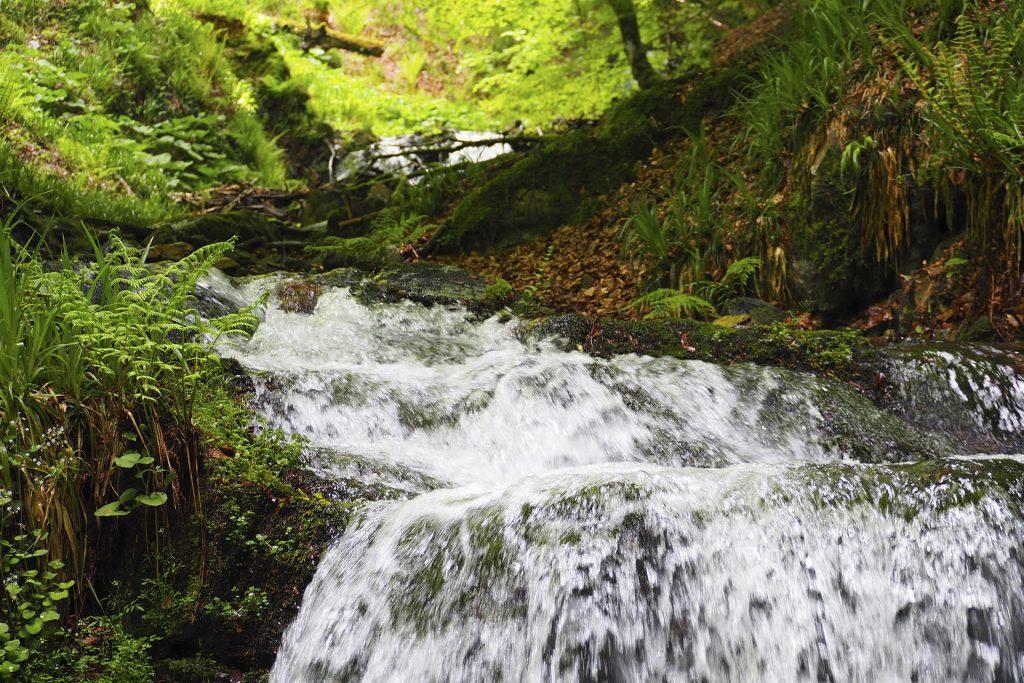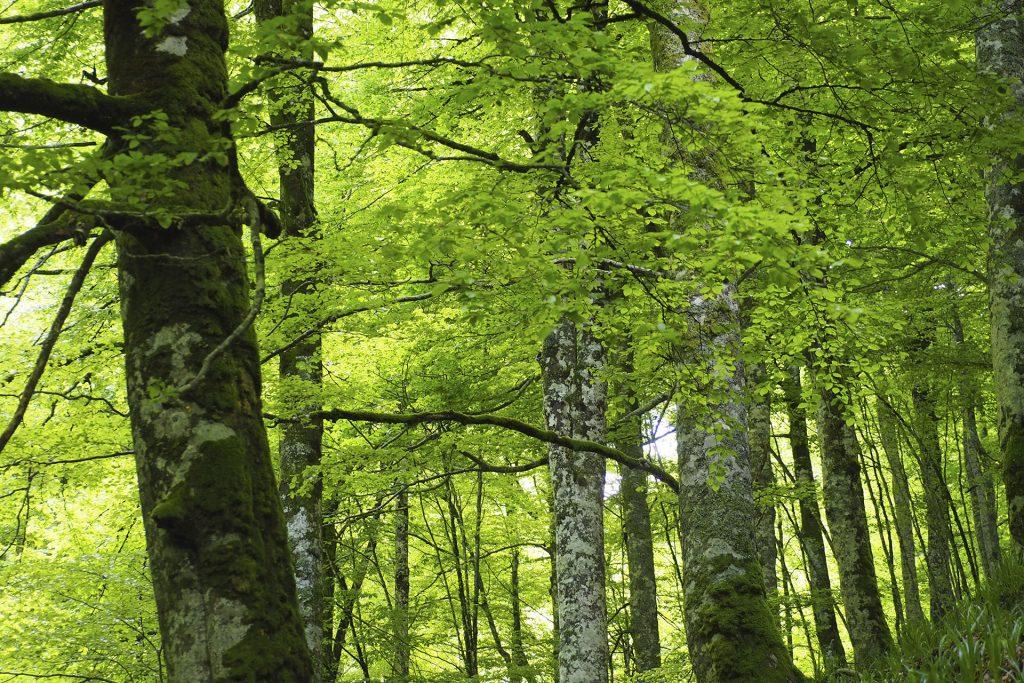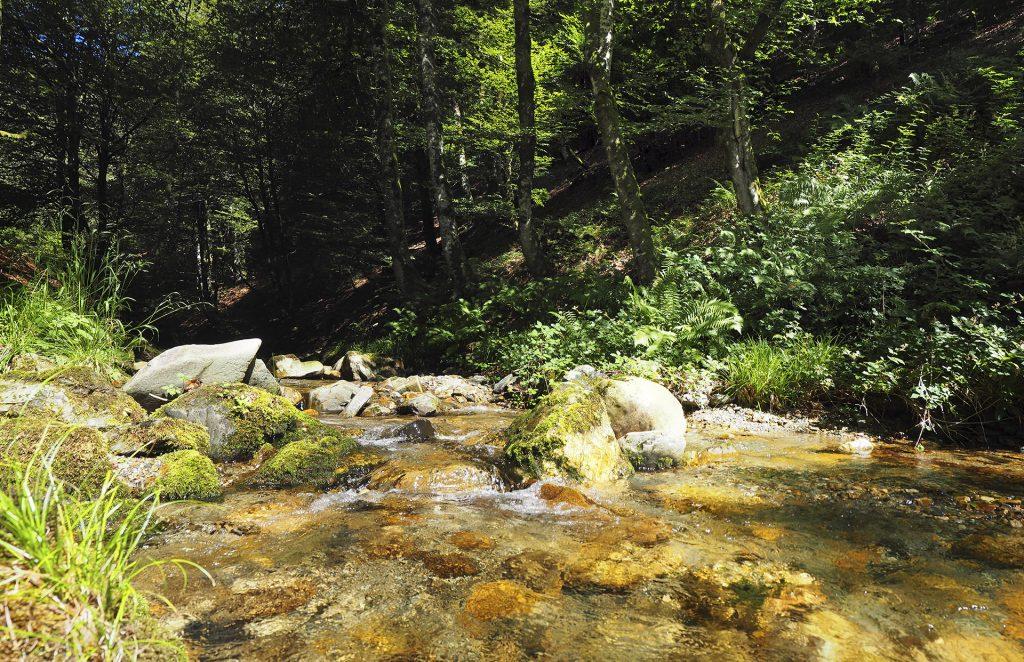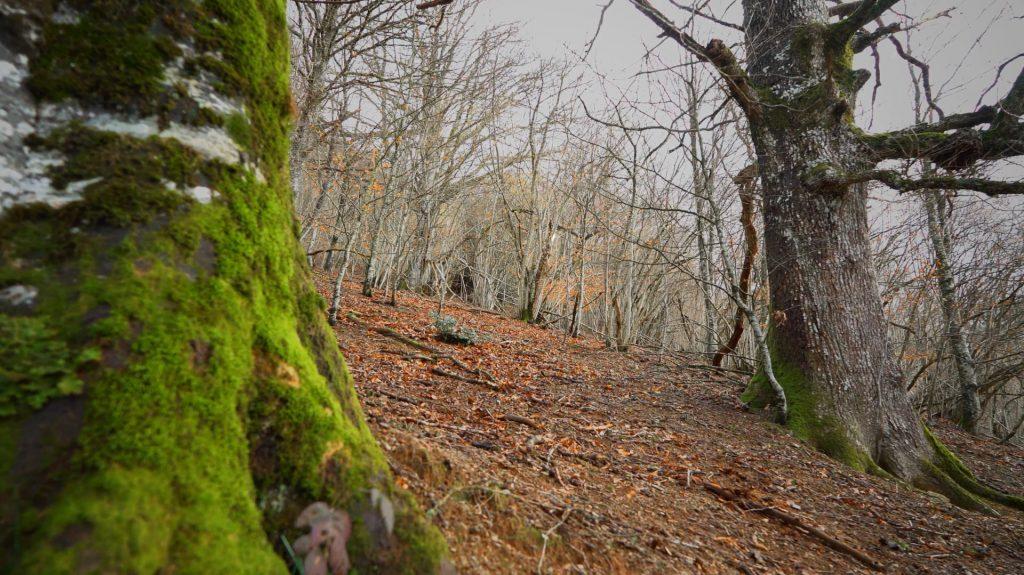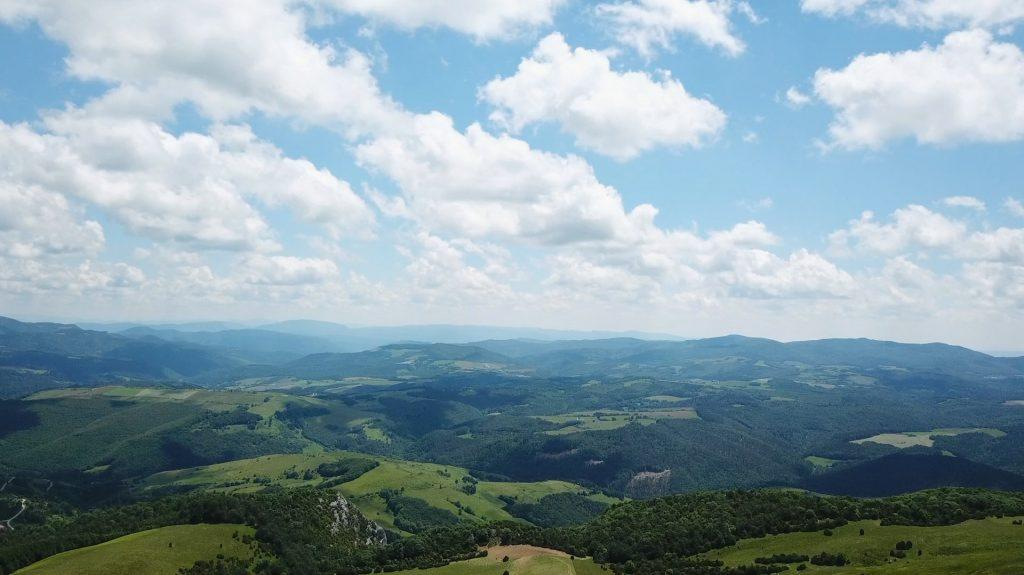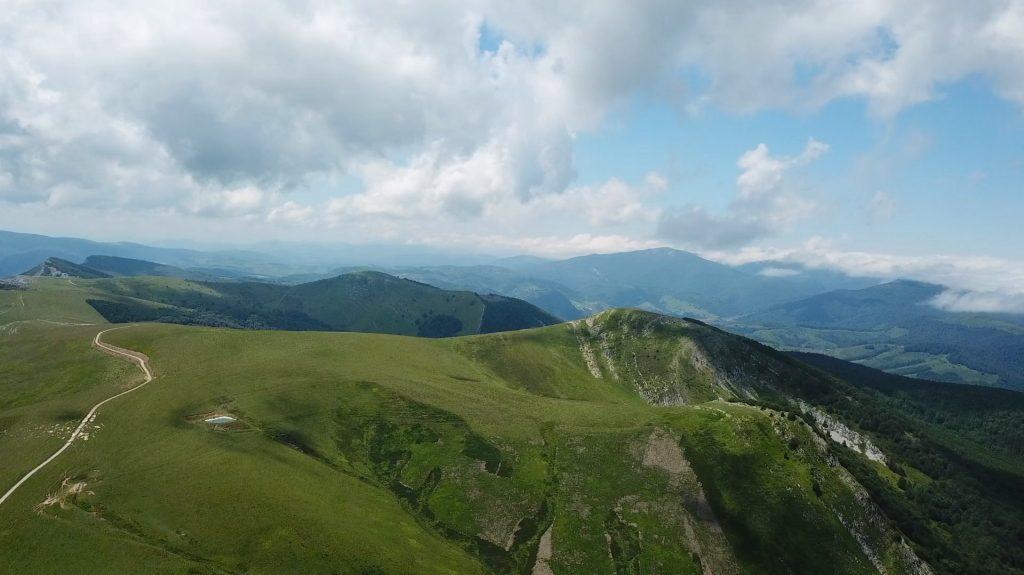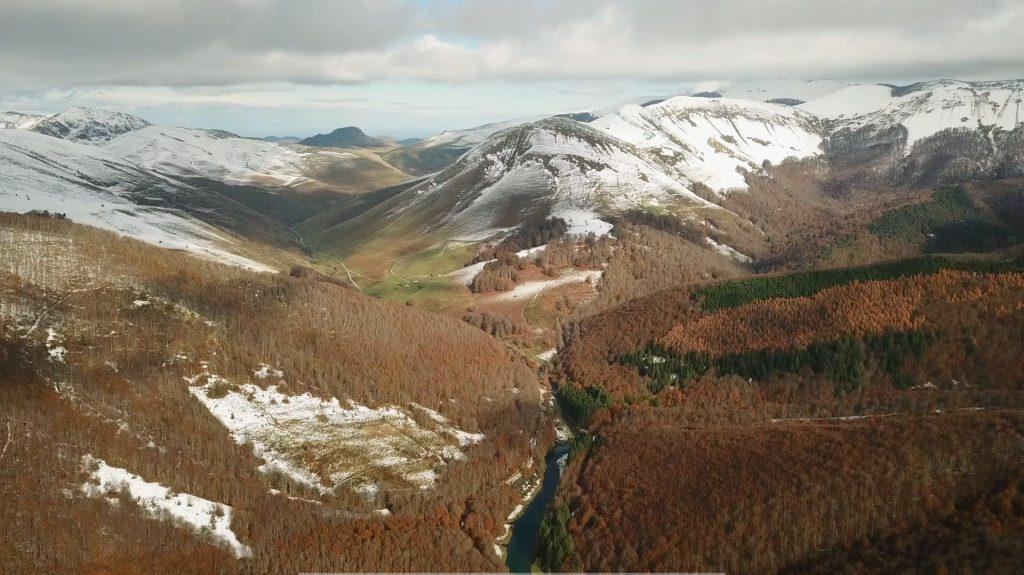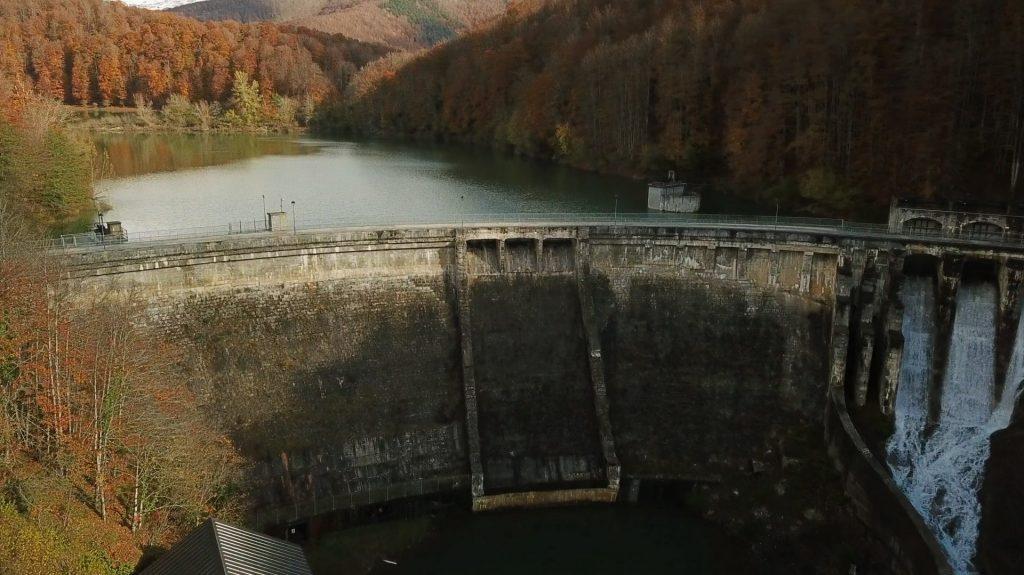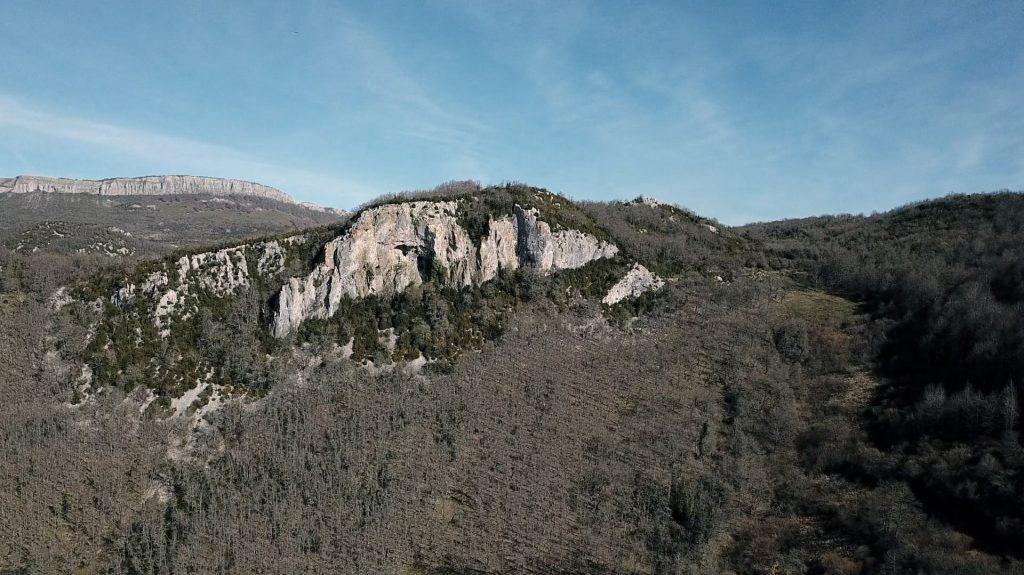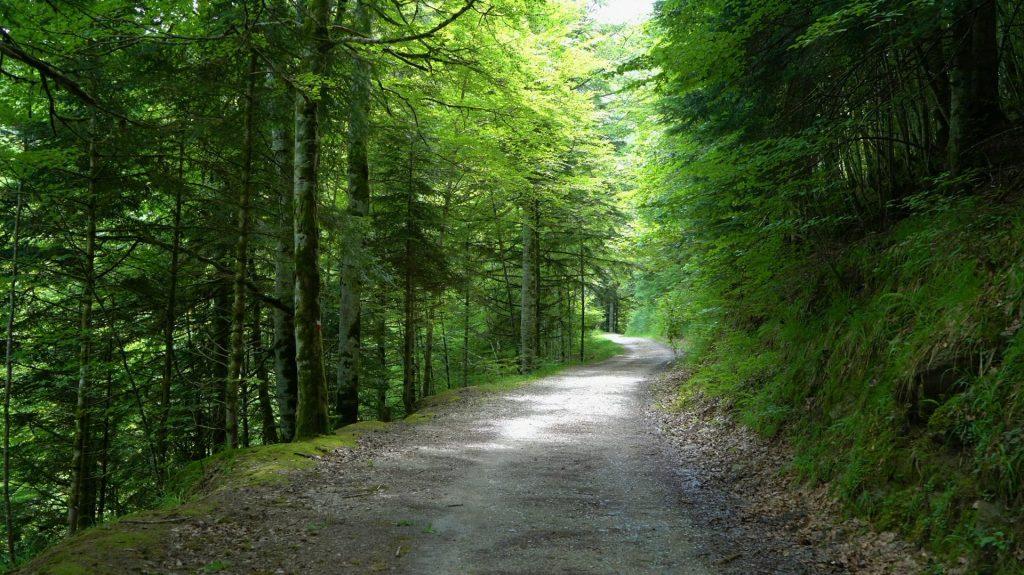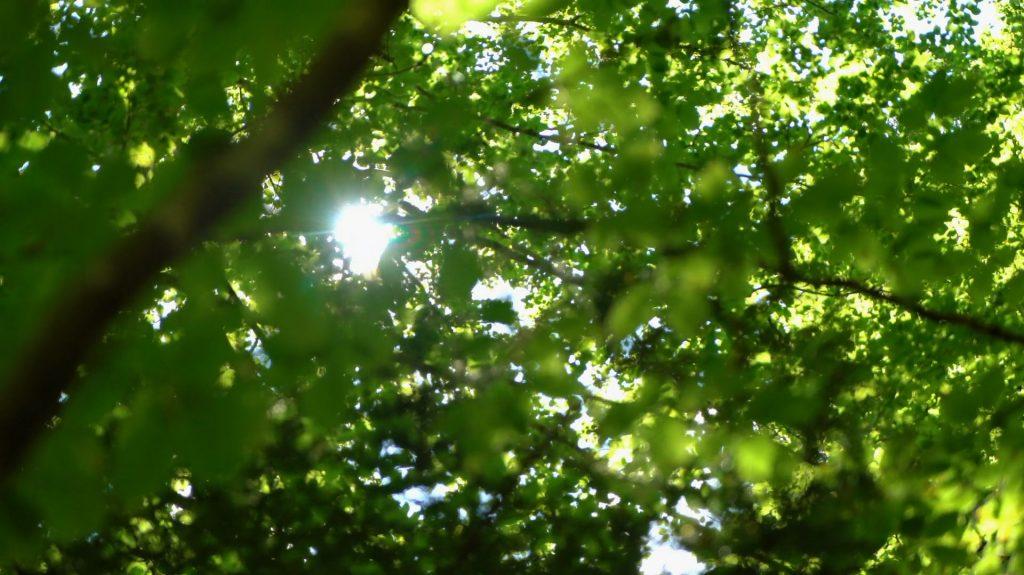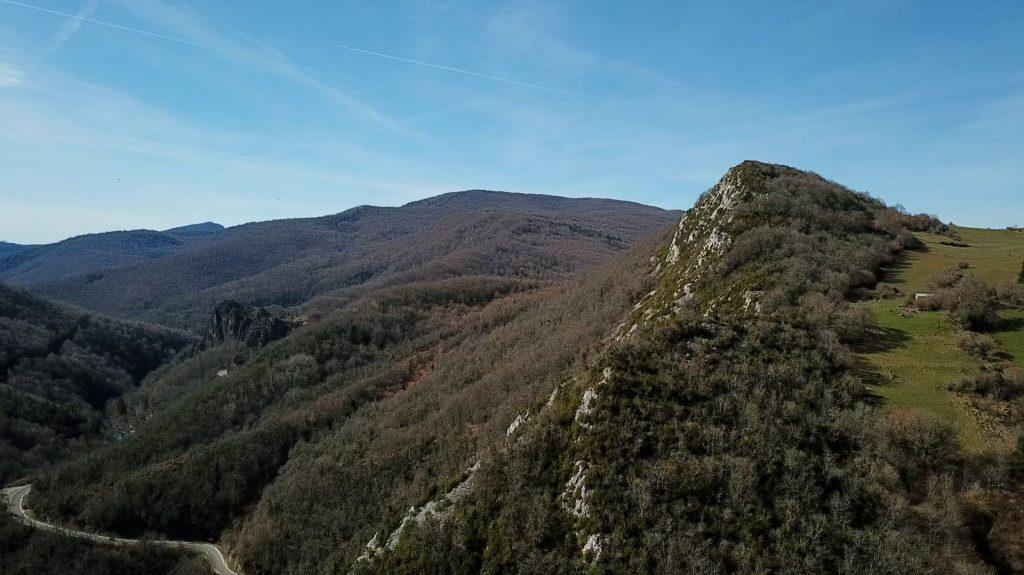The north of Navarra, and specially the Pyrenean area, is one of the natural paradises in the Iberian Peninsula. The surroundings of Orreaga- Roncesvalles are full of places to get lose oneself in and discover the remains of the people who populated these territories since the dawn of time.
THE IRATI FOREST
The Irati Forest is one of the biggest forest of beech and fir trees, and also one of the best preserved forest of the whole Europe. Its extreme width, about 17.000 hc, and the quality of its vegetation and fauna, makes this stretch the most recommended one in Navarra. The Irati Forest has a lot of routes, but probably one of the most interesting and picturesque, the Irabia reservoir, a magnificent and crystal clear located in the heart of the forest.
The richness of its flora and fauna are two of the attractions for tourists. The woodlands of wide beeches and firs, the wide fields, the climate and the altitude of this area, help to create a proper place for different animal and vegetable species. The Pyrenean muskrat, the Pyrenean frog, the black woodpecker, the white back woodpecker, or the butterfly graellsia isabela, are some of these characteristic species of this area.
There are numerous hiking trails around Roncesvalles which no rambler should miss out on. You can use this link to see them in detail.
https://senderosderoncesvalles.blogspot.com/
The collection of the historic buildings in Roncesvalles, located in the westernmost side of the Pyreneen mountain range, are erected on the bottom of the southern slope of the Ibañeta hill and near the wide plain of Auritz- Burguete.
A place for the pilgrims to rest after the rough ascent from the lower Navarre valleys, “The Collegiate church of Santa María de Roncesvalles” is surrounded by some mountains like: Astobiskar (1266 m.) and Ortzanzurieta ( 1570 m), distinguished because they are the oldest territories of Navarra, with more than 450 million years old.
This orography, with a French side distinguished by a strong drop and the other one, the Spanish, more progressive, is drawn by a deep fault called “Cabalgamiento de Roncesvalles ” which shapes the most accessible way of the western Pyrenees in order to get into the Iberian Peninsula.
The chosen place to build the collection of buildings was the hollow protected by the Ibañeta Pass, which protects the pilgrims’ hostel, from the hostile weather conditions of this mountainous area. The great altitude in which the collection of buildings were erected and the humidity from this area explains the reason of the greenness that surrounds them, in combination with the wide beech and oak forests, which are more numerous as we go down to Auritz- Burguete.
During the winter time, the green colour turns into a white robe of snow, which explains why the roofs of the buildings are constructed as a sloped, as we can see in Burguete, a town nearby, also known by the name Auritz. Its name comes from its origins as a French hamlet, this is a city centre promoted by the reign just to contribute to its development. Nowadays has a big offer of hotel and catering industry.

